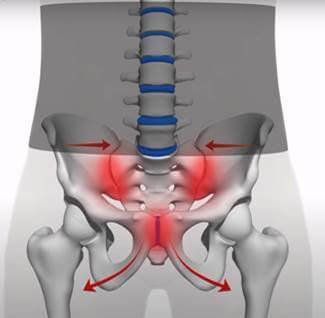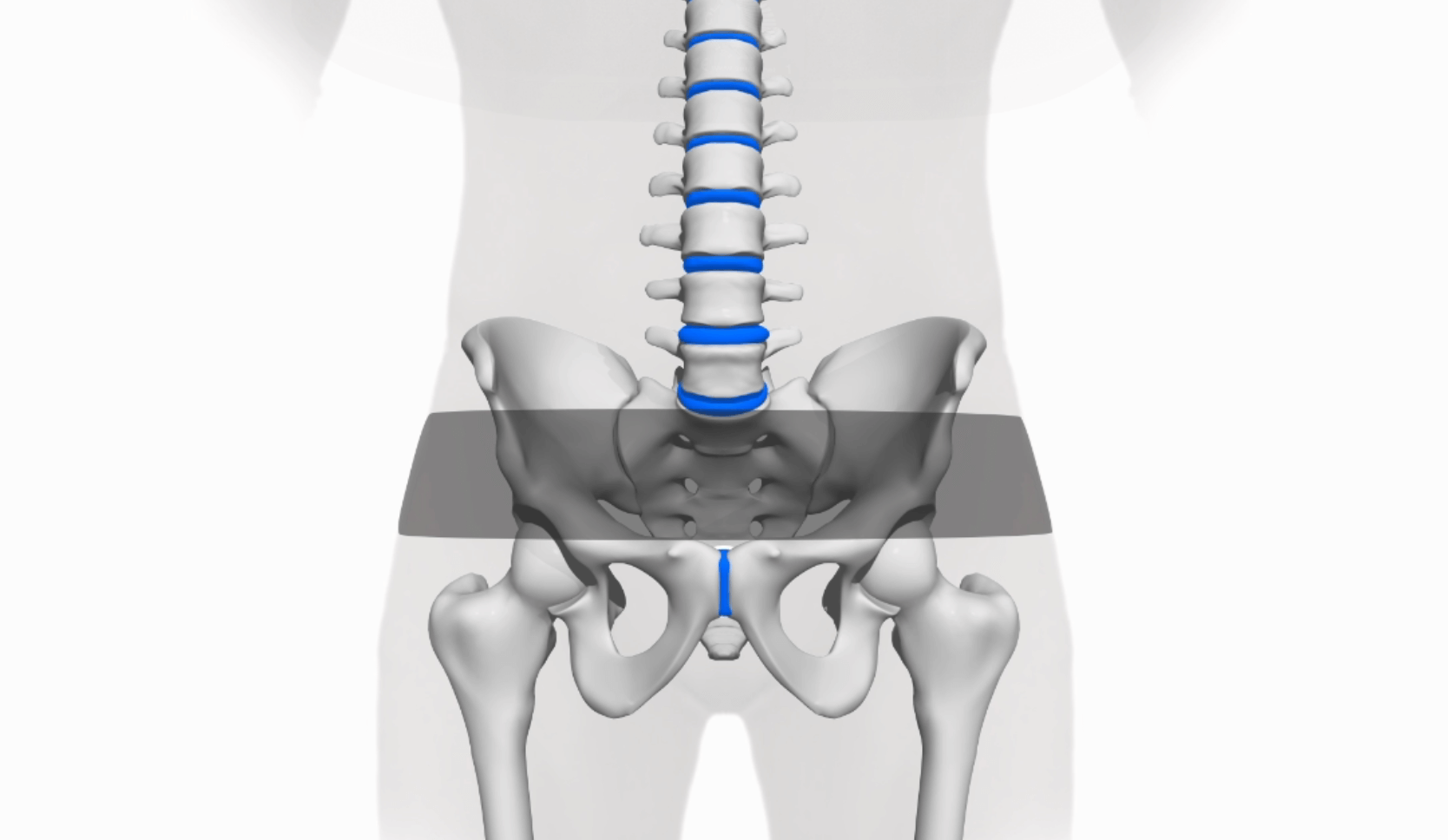How the Serola Sacroiliac Belt Relieves Pregnancy Related Pain
The Serola Sacroiliac Belt plays a crucial role both during and after pregnancy. During pregnancy, hormonal changes cause ligaments to loosen and stretch, allowing the pelvis to widen for childbirth. After delivery, it’s essential to stabilize the sacroiliac and pubic joints to help the ligaments shorten and realign the pelvis. If you’re pregnant and experiencing pelvic pain, the Serola Sacroiliac Belt can provide significant relief.
The Benefits of Using the Serola SI Belt for Pregnancy
- Increases core strength and mobility by compensating for ligaments that loosen during pregnancy.
- Helps reduce muscle spasms.
- Worn low and snug around the hips, the belt stabilizes the sacroiliac joint (SIJ) and alleviates SI joint pain during pregnancy.
- The Serola Belt is discreet, breathable, hypoallergenic, and designed to be worn comfortably under clothing.
- The non-slip surface conforms to the body for a secure fit.
- Offers relief for Symphysis Pubis Dysfunction and various other medical conditions.
- Enhances strength throughout the body, particularly in the trunk, upper legs, and arms.
- Adjustable and durable, it provides long-term relief and prevention of pain.
Serola SI Belt vs. Belly Band: A Comparison
Serola SI Belt:
- Increases core strength and mobility by supporting ligaments that loosen during pregnancy.
- Helps reduce muscle spasms.
- Worn low and snug around the hips, stabilizing the sacroiliac joint (SIJ) and relieving SI joint pain.
- Discreet, breathable, hypoallergenic, and can be worn comfortably under clothing.
- Non-slip design conforms to the body, preventing slippage.
- Provides long-term support for conditions like Symphysis Pubis Dysfunction and strengthens the trunk, upper legs, and arms.
- Adjustable and durable, offering years of pain relief and prevention.
Belly Band

- May increase the risk of muscle atrophy by substituting for muscles rather than supporting ligaments.
- Does not alleviate muscle spasms.
- Worn on the belly, which increases pressure in the abdominal cavity.
- Bulky, hot, and typically worn over clothing, making it less discreet.
- Prone to bunching, rippling, and slipping out of position.
- Provides limited support and does not enhance muscle strength.
- Becomes obsolete once the body returns to its pre-pregnancy state.

Additional Types of Pain Relief
How Does the Serola Sacroiliac Belt Help with Hip Pain?
Hip pain can severely impact your quality of life while navigating pregnancy. The Serola Sacroiliac Belt functions as an external ligament, holding the joint in its normal range of motion. By stabilizing the joint, the muscles that constantly tighten or contract can relax, significantly reducing, or even eliminating, pregnancy related hip pain.
The belt should be worn during activities that involve lifting, bending, or twisting to minimize the risk of injury. Wearing the Serola Belt can help prevent hip, back, and sciatic pain, allowing for greater comfort and mobility, during and after pregnancy.
